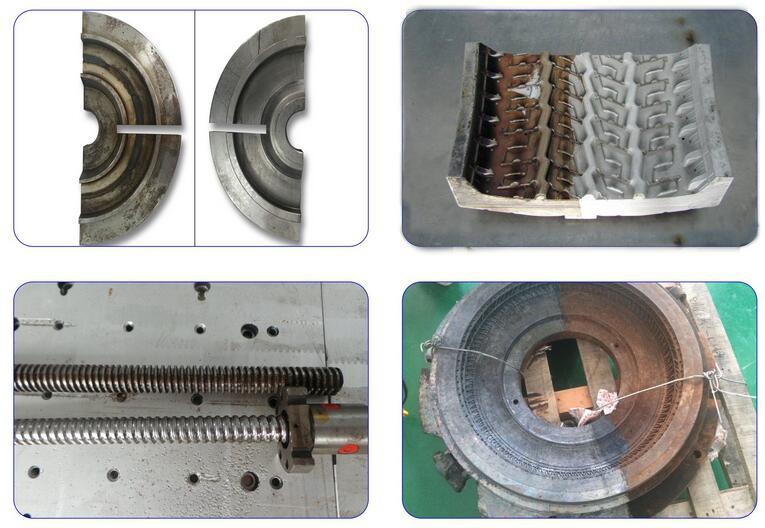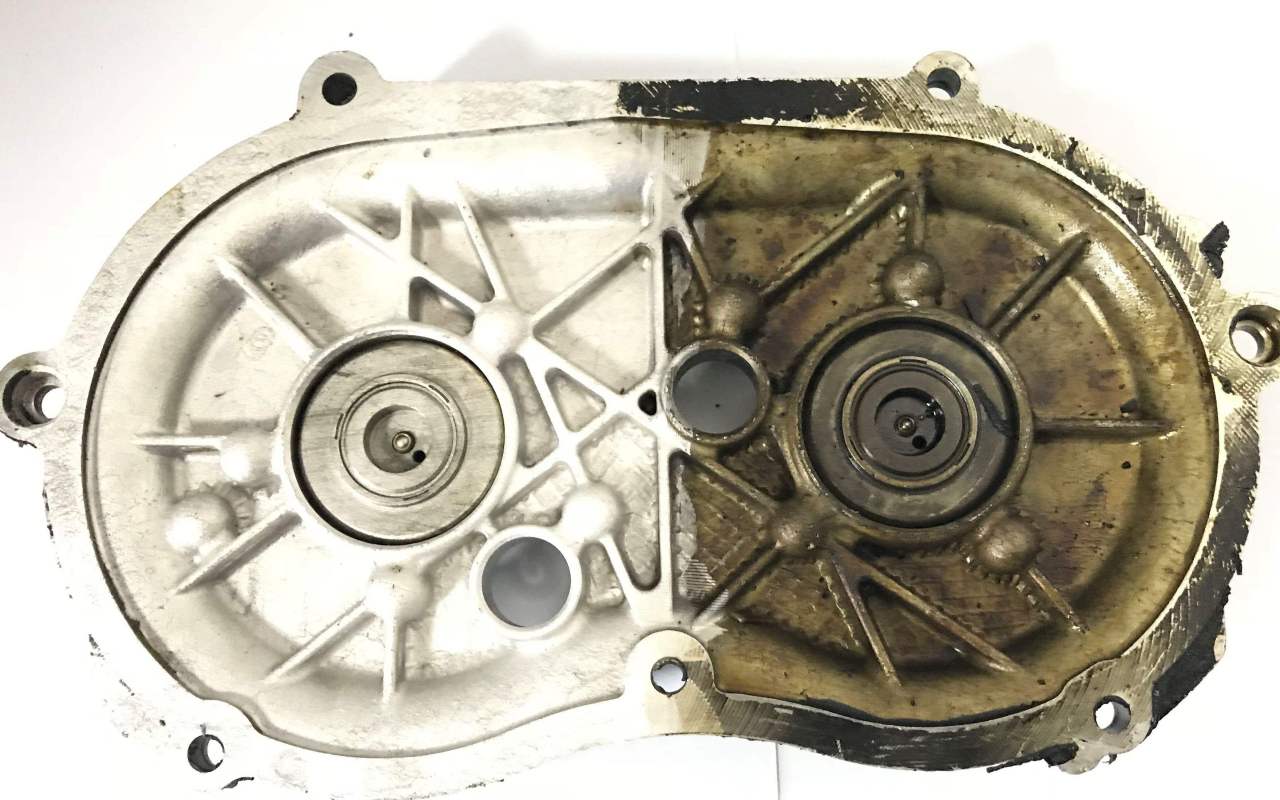Laser cleaning can be used not only to clean organic pollutants, but also inorganic substances, including metal corrosion, metal particles, dust, etc. Here are some practical applications. These technologies are very mature and have been widely used.
1. Mold cleaning:
Every year, tire manufacturers all over the world manufacture hundreds of millions of tires. The cleaning of tire molds during the production process must be rapid and reliable to save downtime. Traditional cleaning methods include sandblasting, ultrasonic or carbon dioxide cleaning, etc., but these methods usually have to cool the high-heat mold for several hours, and then move it to the cleaning equipment for cleaning. It takes a long time to clean and easily damages the accuracy of the mold. , Chemical solvents and noise can also cause safety and environmental protection issues. Using the laser cleaning method, because the laser can be transmitted by optical fiber, it is flexible in use; because the laser cleaning method can be connected to the optical fiber, the light guide can be cleaned to the dead corner of the mold or the part that is not easy to remove, so it is convenient to use; No gasification, so no toxic gas will be produced, which will affect the safety of the working environment. The technology of laser cleaning tire molds has been widely used in the tire industry in Europe and the United States. Although the initial investment cost is relatively high, the benefits of saving standby time, avoiding mold damage, working safety and saving raw materials can be quickly recovered. According to the cleaning test conducted by the laser cleaning equipment on the tire company’s production line, it only takes 2 hours to clean a set of large truck tire molds online. Compared with conventional cleaning methods, the economic benefits are obvious.
The anti-sticking elastic film layer on the food industry mold needs to be replaced regularly to ensure hygiene. Laser cleaning without chemical reagents is also particularly suitable for this application.
2. Cleaning of weapons and equipment:
Laser cleaning technology is widely used in weapon maintenance. The laser cleaning system can remove rust and pollutants efficiently and quickly, and can select the cleaning parts to realize the automation of cleaning. Using laser cleaning, not only the cleanliness is higher than the chemical cleaning process, but also almost no damage to the surface of the object. By setting different parameters, a dense oxide protective film or molten metal layer can also be formed on the surface of the metal object to improve the surface strength and corrosion resistance. The waste material removed by the laser basically does not pollute the environment, and it can also be operated remotely, effectively reducing the health damage to the operator.
3.Removal of old aircraft paint:
Laser cleaning systems have long been used in the aviation industry in Europe. The surface of the aircraft must be repainted after a certain period of time, but the old paint must be completely removed before painting. The traditional mechanical paint removal method can easily cause damage to the metal surface of the aircraft and bring hidden dangers to safe flight. If multiple laser cleaning systems are used, the paint on the surface of an A320 Airbus can be completely removed within two days without damaging the metal surface.
4.Cleaning in the electronics industry
The electronics industry uses lasers to remove oxides: The electronics industry requires high-precision decontamination, and lasers are particularly suitable for oxide removal. Before the circuit board is soldered, the component pins must be thoroughly deoxidized to ensure the best electrical contact, and the pins must not be damaged during the decontamination process. Laser cleaning can meet the requirements of use, and the efficiency is very high, only one stitch of laser is irradiated.
5.Precise deesterification cleaning in the precision machinery industry:
The precision machinery industry often needs to remove the esters and mineral oils used for lubrication and corrosion resistance on the parts, usually by chemical methods, and chemical cleaning often still has residues. Laser deesterification can completely remove esters and mineral oil without damaging the surface of the part. The removal of pollutants is completed by shock waves, and the explosive gasification of the thin oxide layer on the surface of the parts forms a shock wave, which leads to the removal of dirt instead of mechanical interaction. The material is thoroughly de-esterified and used for the cleaning of mechanical parts in the aerospace industry. Laser cleaning can also be used to remove oil and ester in the processing of mechanical parts.
Post time: Jan-11-2022














